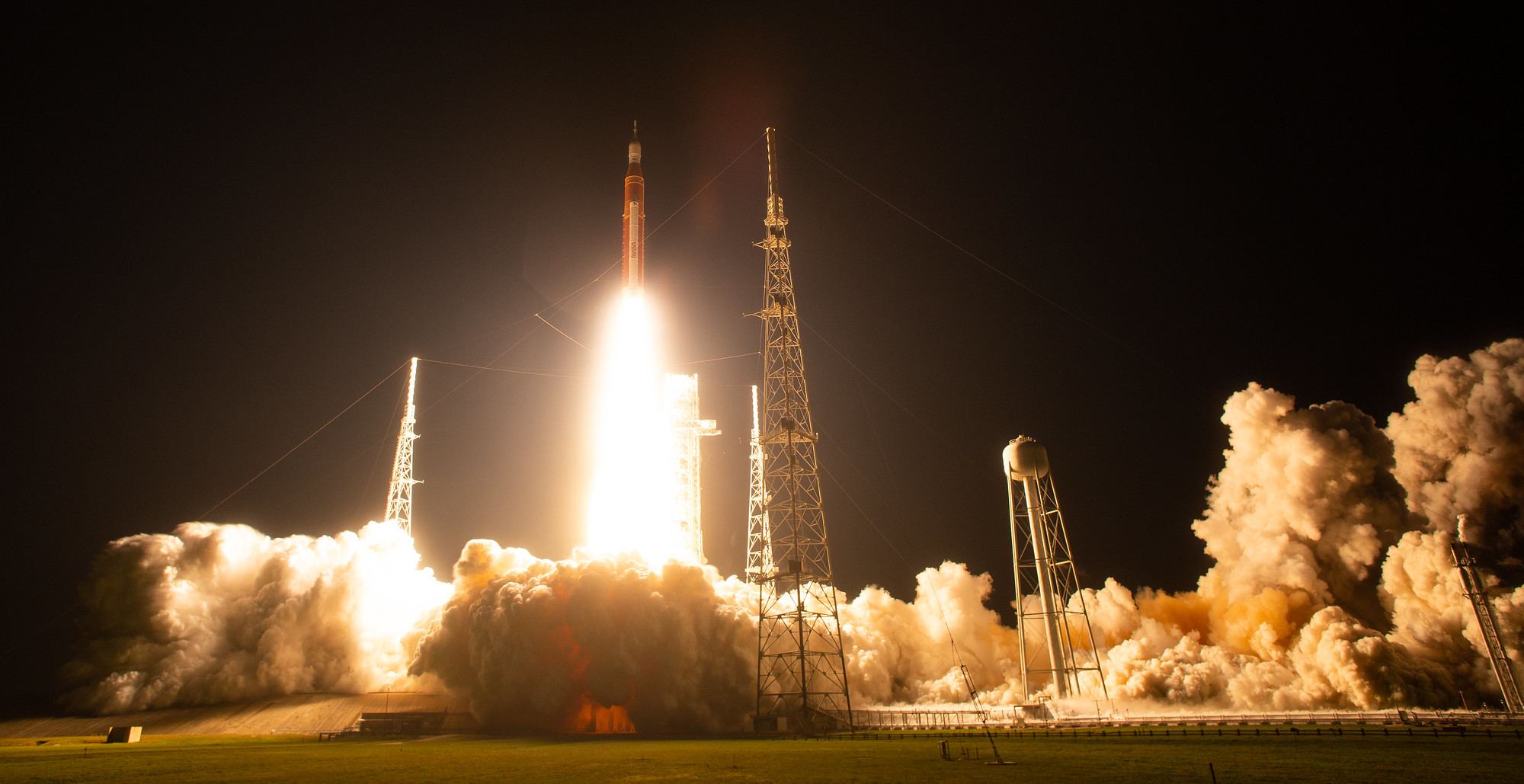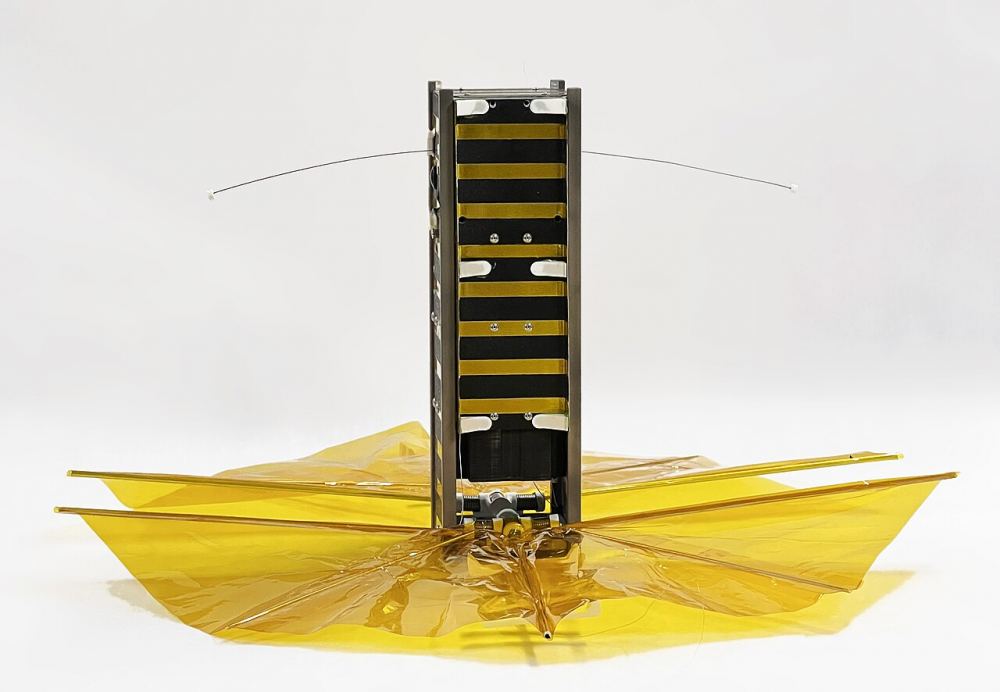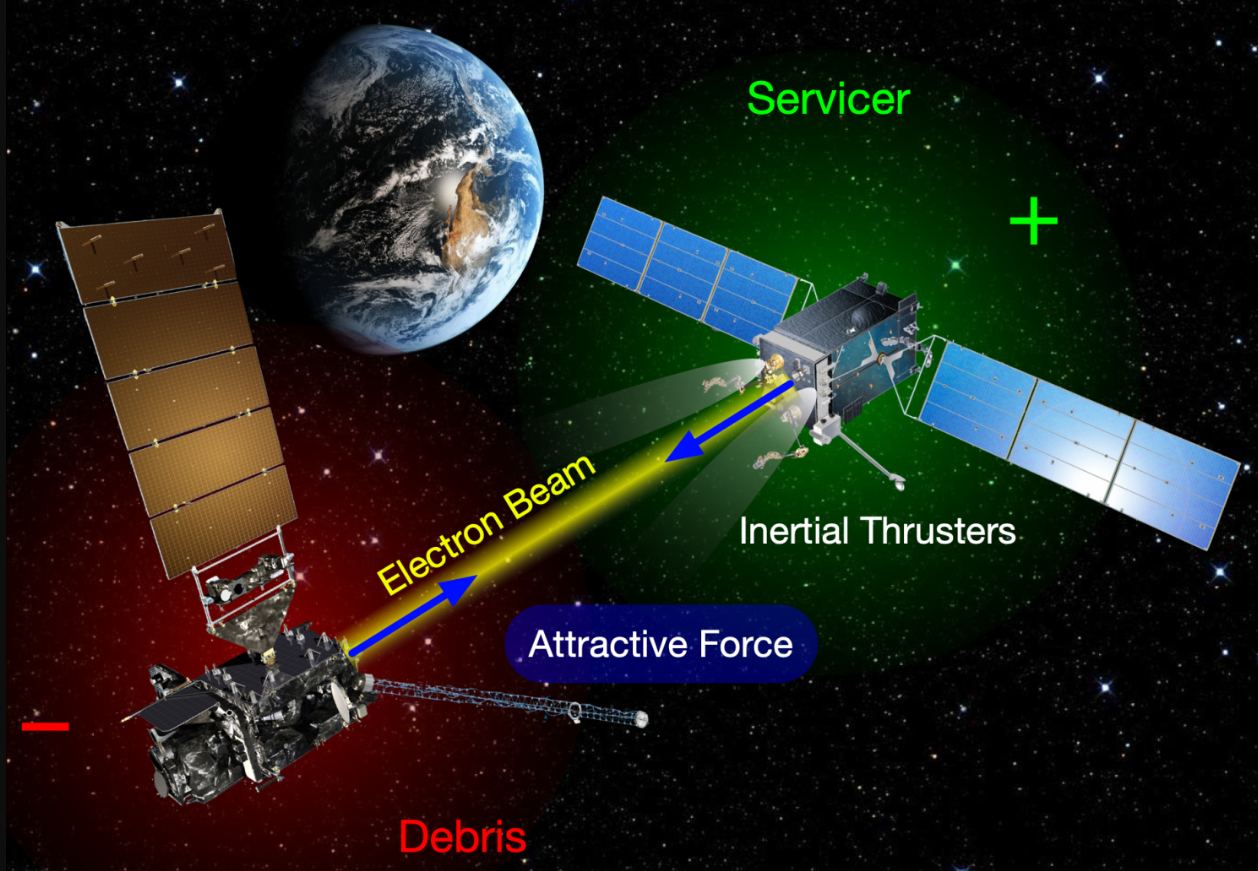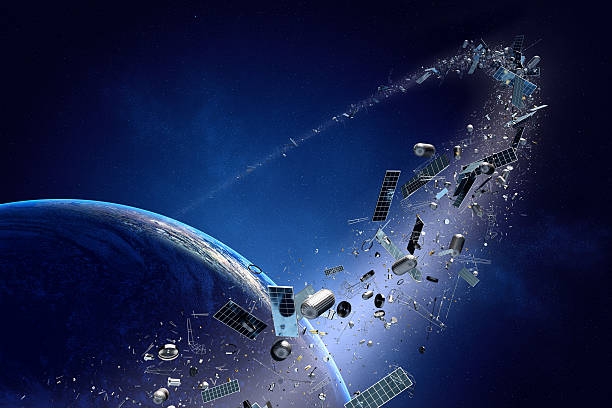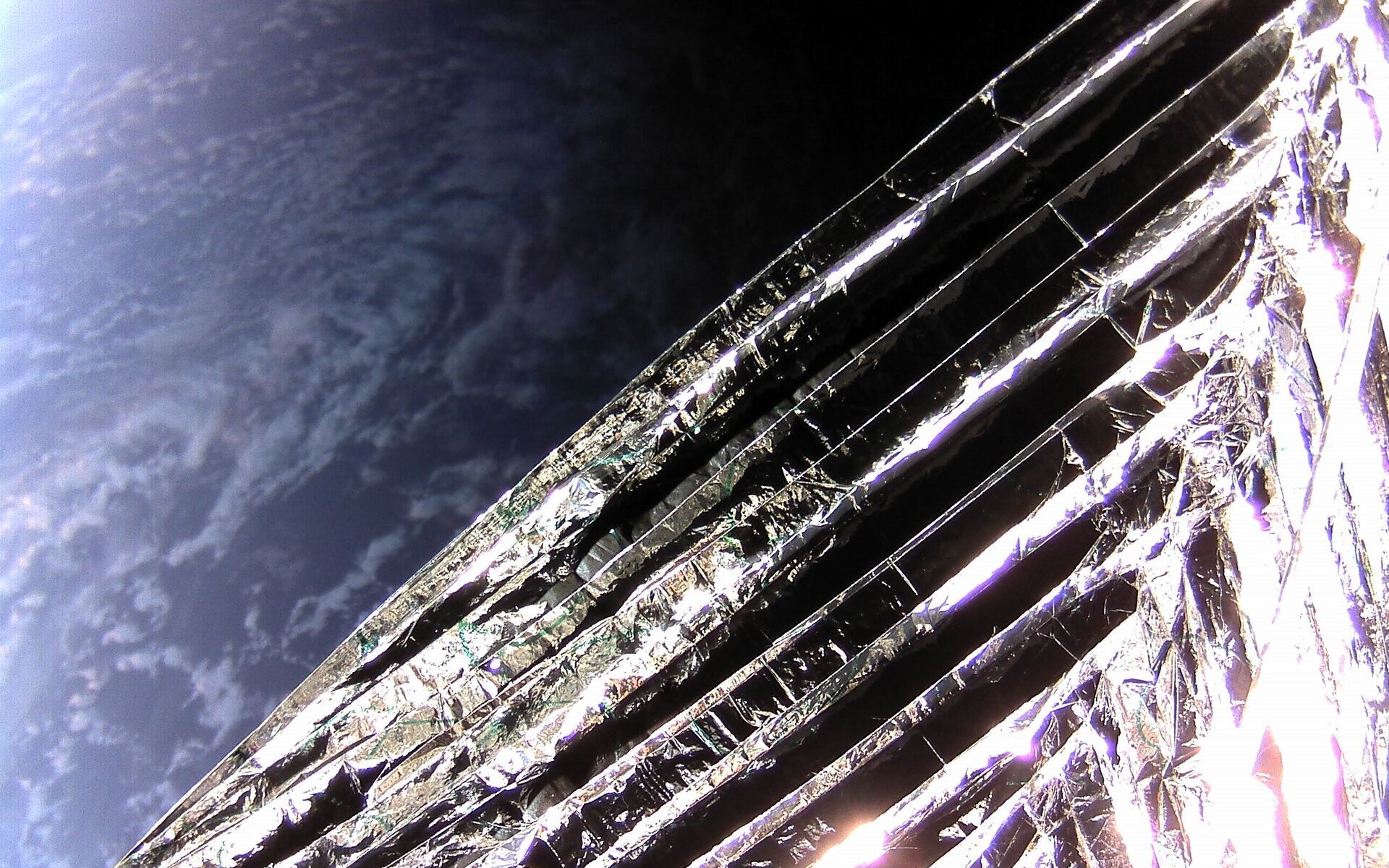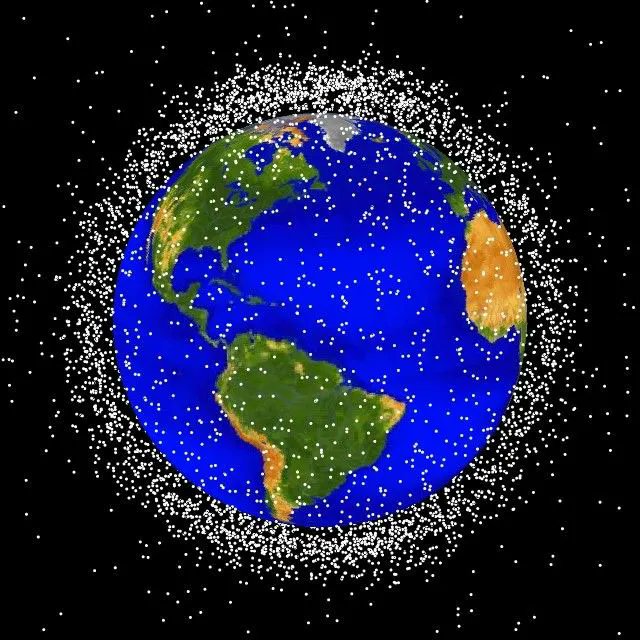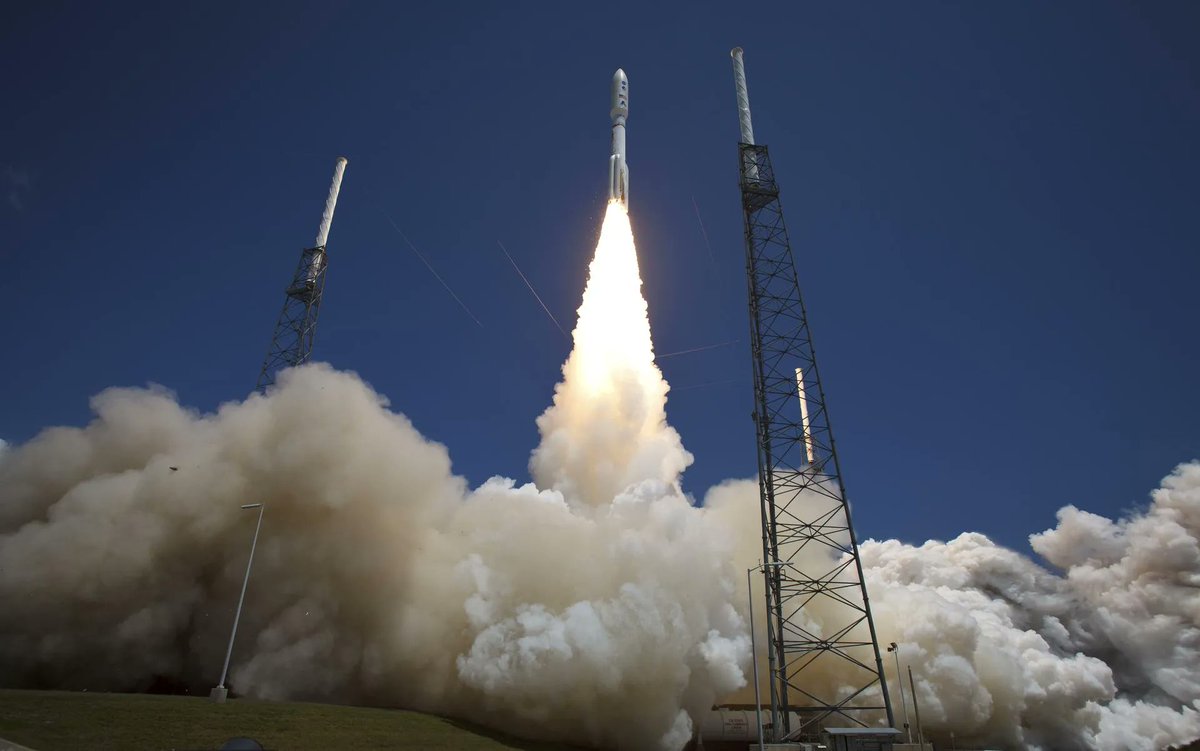When it comes to saber-rattling, few countries employ it as much as Russia does. During their ongoing invasion and occupation of Ukraine, the country’s leadership has repeatedly threatened to use atomic weapons. But the threats don’t stop there.
A private company called Slingshot Aerospace says Russia has maneuvered one of their Luch satellites uncomfortably close to Western spacecraft in GEO (geostationary orbit.)
And it’s not the first time.
Continue reading “A Russian Satellite Has Shifted Within 60 km of Another Spacecraft”

